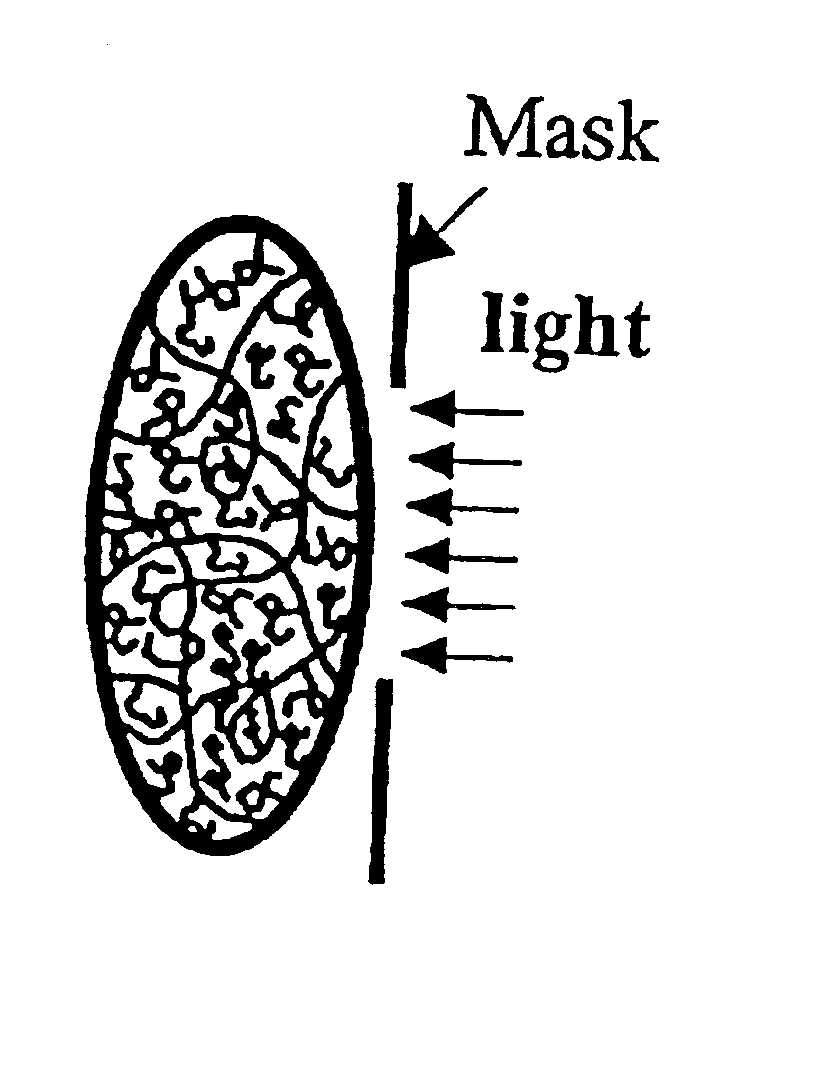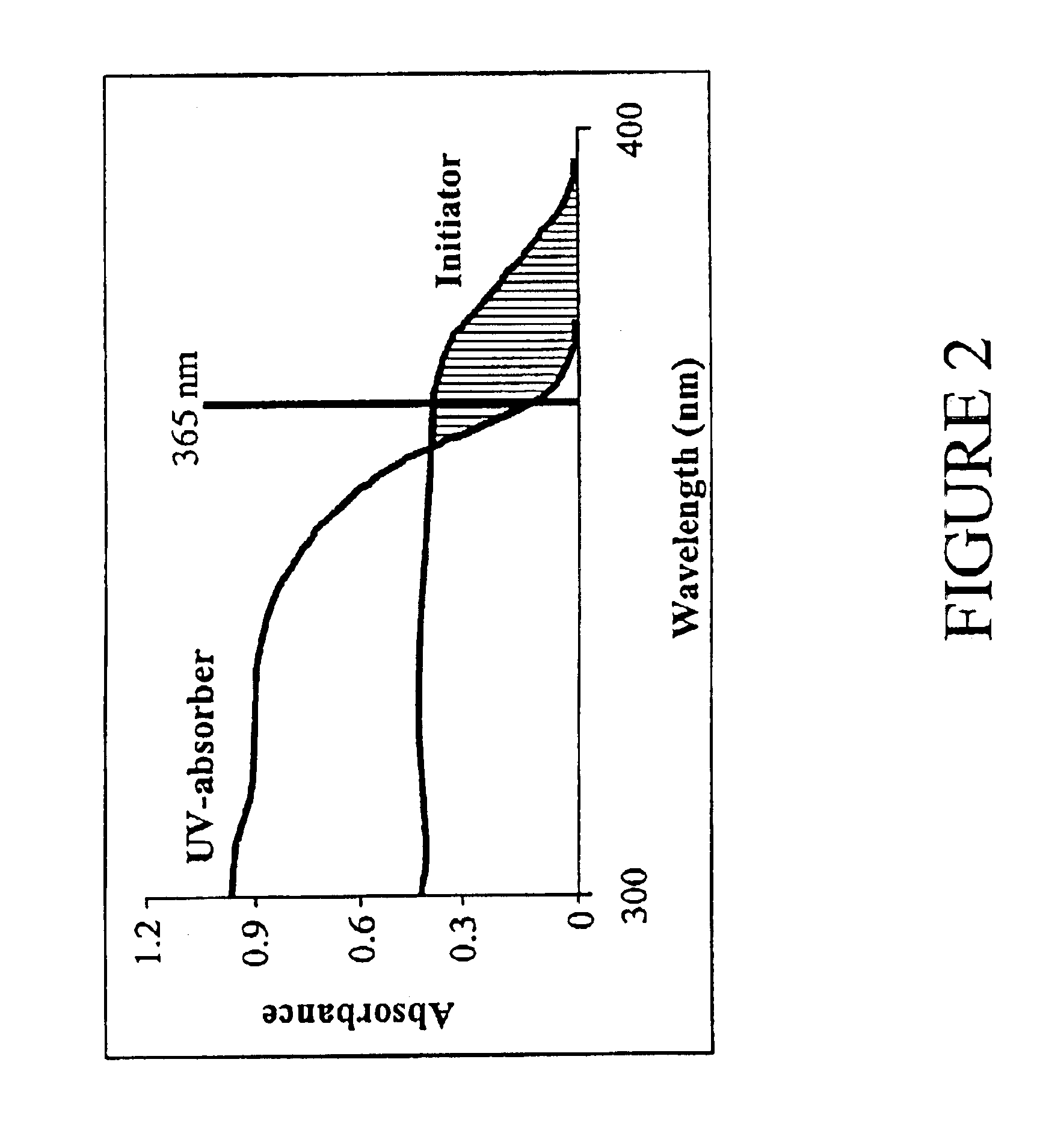Readjustable optical elements
a technology of optical elements and lenses, applied in the field of cataract surgery, can solve the problems of preventing further adjustment of lenses, affecting the effect of the surgery, and affecting the vision of patients undergoing cataract surgery
- Summary
- Abstract
- Description
- Claims
- Application Information
AI Technical Summary
Benefits of technology
Problems solved by technology
Method used
Image
Examples
examples
The following examples are offered by way of example and are not intended to limit the scope of the invention in any manner.
A series of siloxane slabs were prepared as reflected in the tables below. In the control experiments, Part A consisted of a silicone polymer Silicone MED 6820. Part B was prepared by mixing Silicone 6820 with a catalyst Pt-divinyltetramethyldisiloxane complex. Parts A and B were separately degassed to remove any air and then blended together. The mixture was then degassed and placed into a 1 mm thick mold where it was held in a Carver press for 48 hours at approx. 1000 psi and at 40° C.
The experimental sections were prepared in the same manner except that a blend of modifying composition, UV absorber and UV initiator was first prepared and then added to Part A. The proportions of the components were as listed in Table I. The modifying composition (identified as CalAdd in Table I) was methacrylate endcapped dimethylsiloxane diphenylsiloxane copolymer with a Mn ...
PUM
| Property | Measurement | Unit |
|---|---|---|
| Tg | aaaaa | aaaaa |
| Tg | aaaaa | aaaaa |
| Tg | aaaaa | aaaaa |
Abstract
Description
Claims
Application Information
 Login to View More
Login to View More - R&D
- Intellectual Property
- Life Sciences
- Materials
- Tech Scout
- Unparalleled Data Quality
- Higher Quality Content
- 60% Fewer Hallucinations
Browse by: Latest US Patents, China's latest patents, Technical Efficacy Thesaurus, Application Domain, Technology Topic, Popular Technical Reports.
© 2025 PatSnap. All rights reserved.Legal|Privacy policy|Modern Slavery Act Transparency Statement|Sitemap|About US| Contact US: help@patsnap.com



